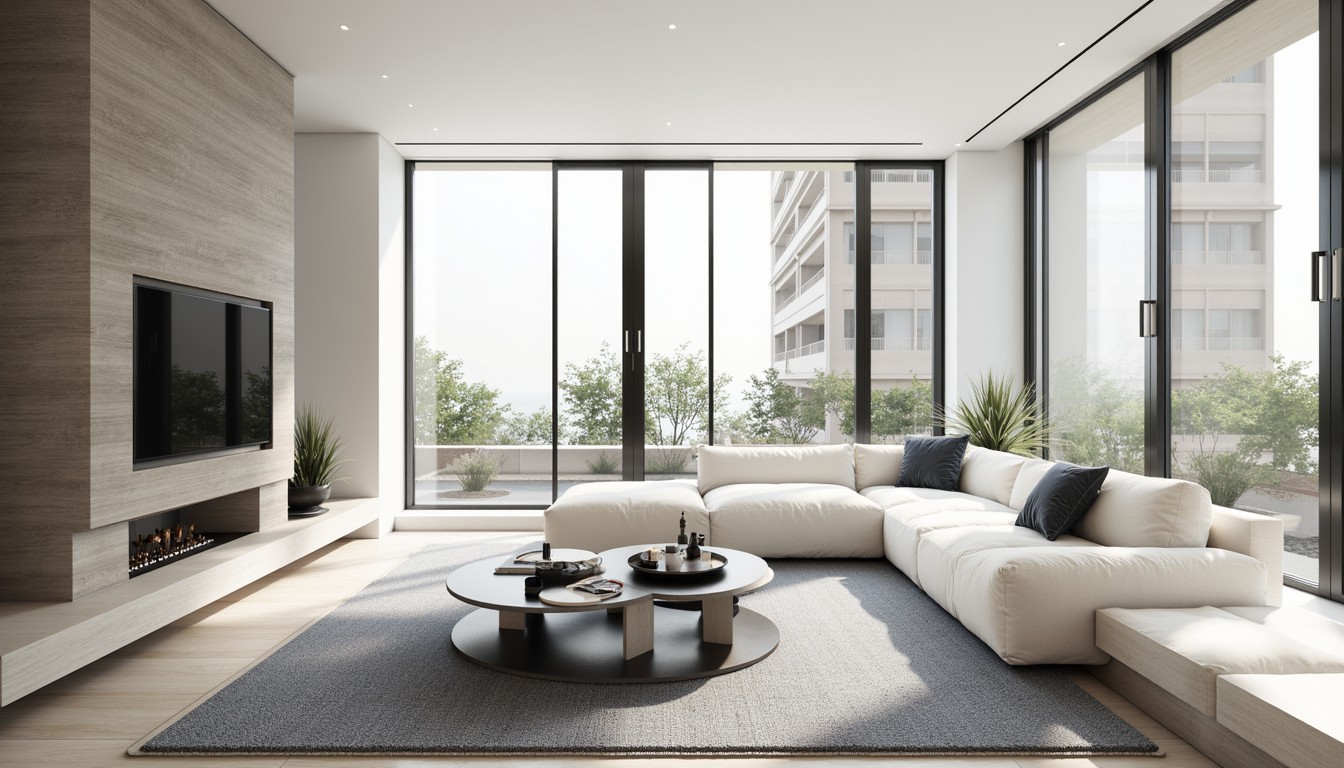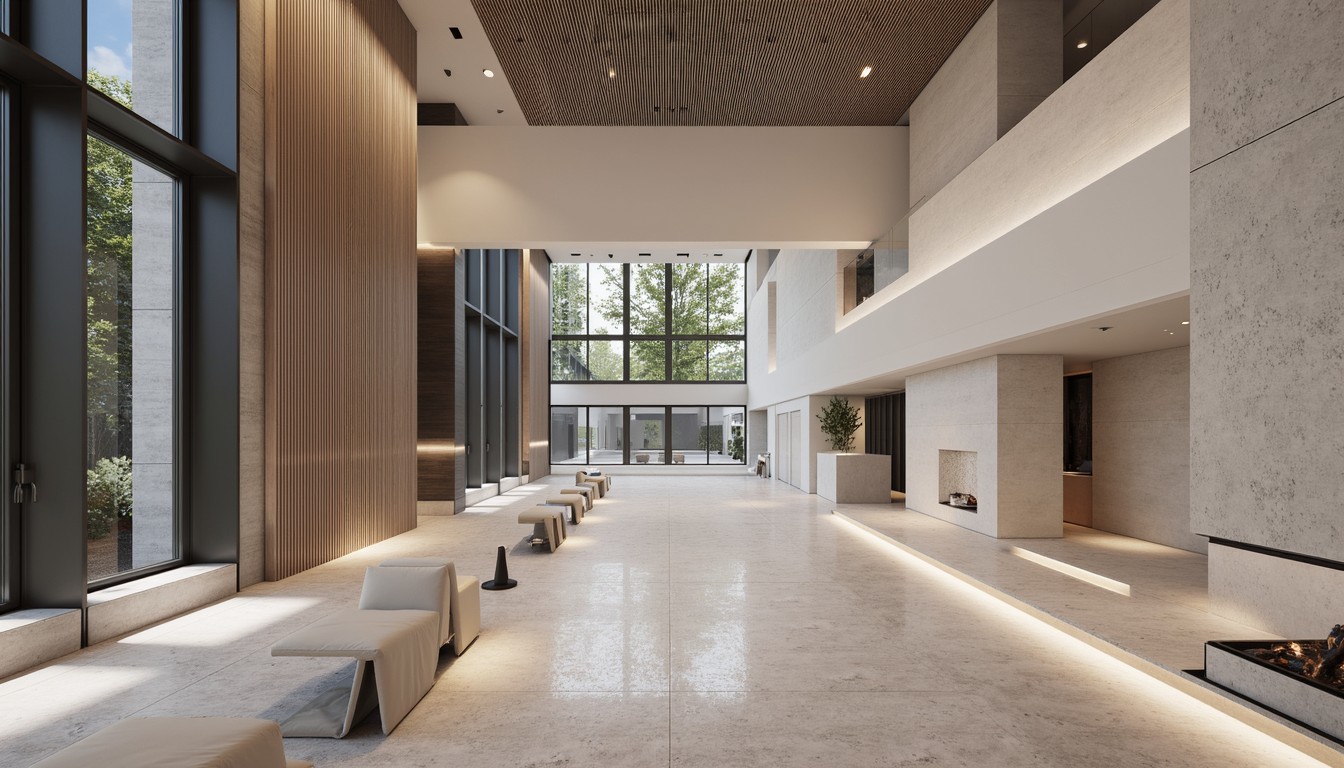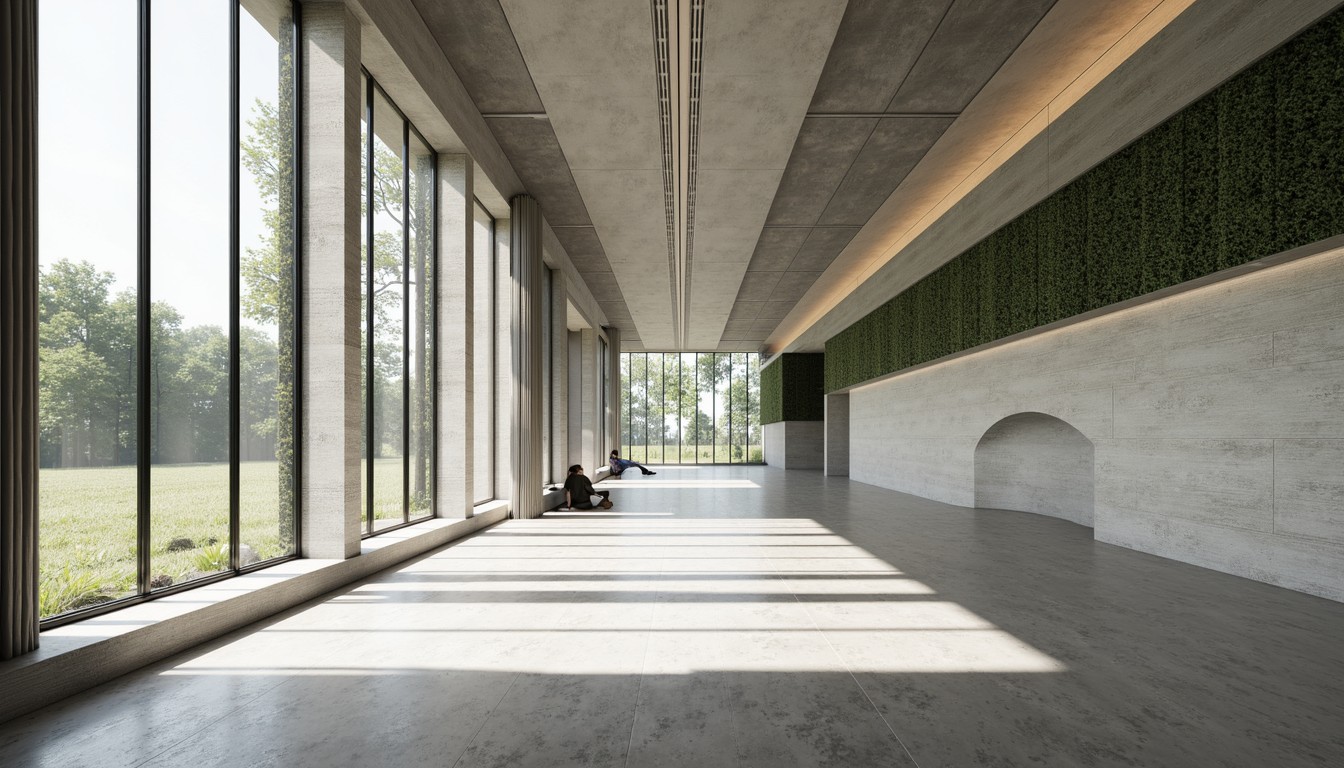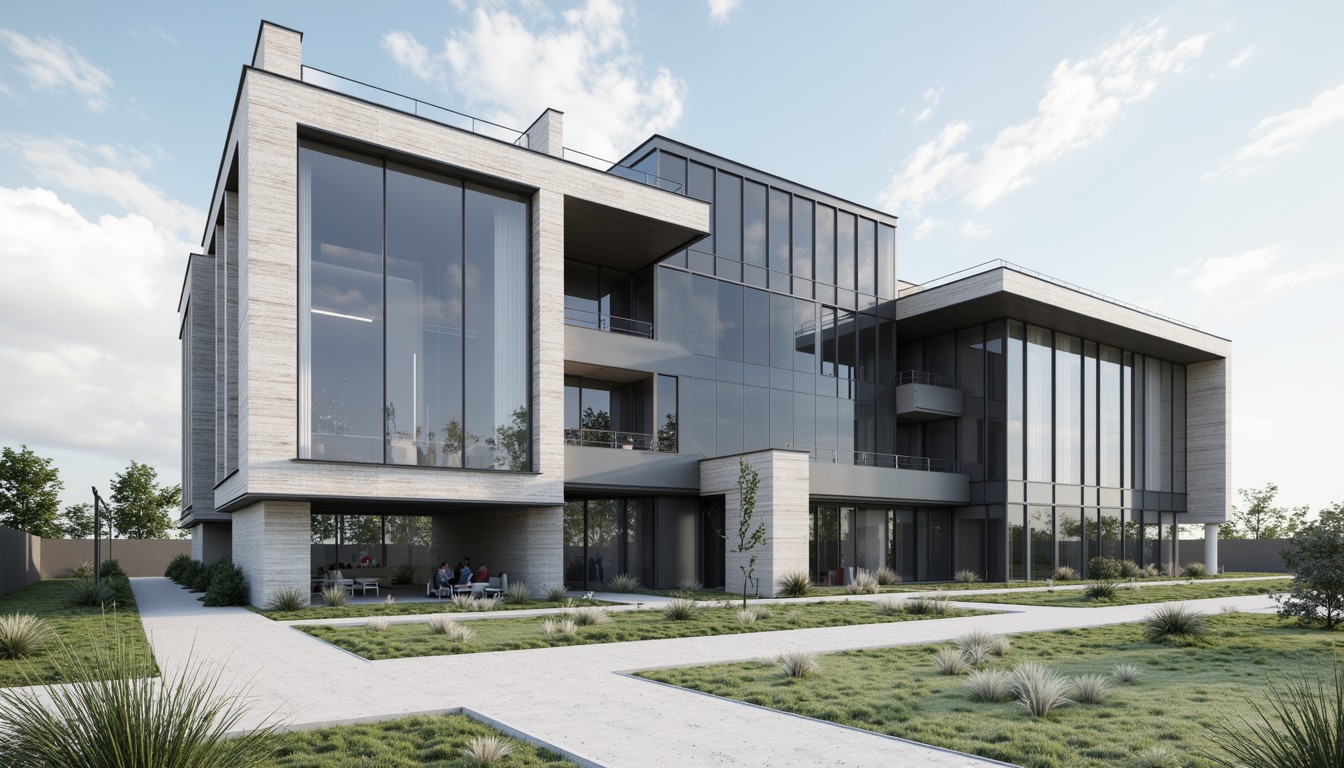3D Printing in Construction: Building the Future
The construction industry, known for its traditional methods and slow pace of innovation, is experiencing a seismic shift. At the forefront of this revolution is 3D printing, a technology that's rapidly transforming how we design, fabricate, and construct buildings. From creating intricate architectural details to building entire homes, 3D printing offers unprecedented possibilities, promising a future of faster, more sustainable, and more cost-effective construction.
The Rise of Additive Manufacturing in Construction

Additive manufacturing, or 3D printing, in construction involves depositing materials layer by layer to create three-dimensional objects. Unlike traditional subtractive methods, which involve removing material from a larger block, additive manufacturing allows for greater design freedom and precision. This technology is particularly well-suited for creating complex geometries and customized designs that would be difficult or impossible to achieve using conventional techniques.
Types of 3D Printing Technologies in Construction
Several 3D printing technologies are being utilized in the construction industry, each with its own advantages and limitations:
- Extrusion-based 3D printing: This method uses a nozzle to extrude a continuous stream of material, such as concrete or specialized polymer composites, layer by layer. It's suitable for creating large-scale structures and is relatively cost-effective.
- Binder jetting: This technique uses a binding agent to join together particles of material, such as sand or cement. It allows for high-resolution printing and intricate designs but can be slower than extrusion-based methods.
- Vat polymerization: This method uses a vat of liquid resin that's cured layer by layer using UV light. It's ideal for creating highly detailed and complex components, but it's generally more expensive and less suitable for large-scale construction.
Real-World Applications of 3D Printing in Construction

The applications of 3D printing in construction are rapidly expanding. Here are some notable examples:
1. Residential Construction:
3D printing is revolutionizing residential construction by enabling the rapid and cost-effective creation of entire homes. Companies are building single-family homes and apartment complexes using this technology, significantly reducing construction time and labor costs. This also opens up opportunities for affordable housing solutions.
2. Infrastructure Projects:
3D printing is being used to create complex infrastructure components, such as bridges, retaining walls, and even entire building facades. Its ability to create customized designs and intricate geometries allows for improved structural integrity and enhanced aesthetic appeal.
3. Architectural Detailing:
Architects are leveraging 3D printing to create unique and intricate architectural details, such as decorative panels, customized moldings, and bespoke furniture. This allows for greater design flexibility and the incorporation of complex geometries that would be impossible to achieve using traditional methods.
4. Disaster Relief and Humanitarian Aid:
3D printing's ability to rapidly produce shelters and other essential structures makes it a valuable tool in disaster relief efforts. Its portability and adaptability allow for on-site construction, providing much-needed housing and infrastructure in the aftermath of natural disasters.
Benefits and Challenges of 3D Printing in Construction
While 3D printing offers numerous advantages, it also presents some challenges:
Benefits:
- Reduced construction time: 3D printing significantly accelerates the construction process.
- Lower labor costs: Automation reduces the need for manual labor.
- Increased design freedom: Complex and customized designs are easily achievable.
- Sustainable construction: Less material waste and the potential for using recycled materials.
- Improved precision and accuracy: Minimizes errors and ensures consistent quality.
Challenges:
- High initial investment costs: The equipment and materials can be expensive.
- Material limitations: Not all materials are suitable for 3D printing.
- Scalability issues: Scaling up production to meet large-scale demands can be challenging.
- Regulatory hurdles: Building codes and regulations may need to be updated to accommodate 3D-printed structures.
- Skilled workforce requirements: Operators need specialized training and expertise.
The Future of 3D Printing in Construction

The future of 3D printing in construction is bright. As technology continues to advance and costs decrease, we can expect to see even wider adoption of this innovative technology. Further research and development will focus on improving material properties, expanding the range of printable materials, and streamlining the construction process. This will lead to more sustainable, efficient, and affordable construction practices, shaping the future of the built environment.
ArchNav: Your Partner in Visualizing the Future of Construction
At ArchNav, we understand the transformative potential of 3D printing in construction. We leverage cutting-edge visualization techniques to help architects, engineers, and contractors explore the possibilities of this technology. Our high-quality renderings and animations allow you to visualize your 3D-printed projects in stunning detail, enabling informed decision-making and effective communication with stakeholders. Contact us today to learn how ArchNav can help you visualize and realize the future of building.
